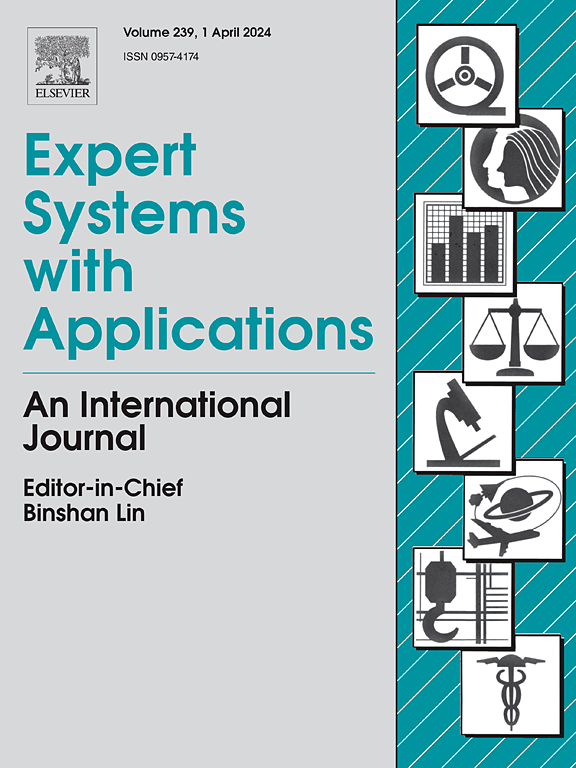Improved fuzzy control charts for monitoring defined health ranges using trapezoidal fuzzy numbers
IF 7.5
1区 计算机科学
Q1 COMPUTER SCIENCE, ARTIFICIAL INTELLIGENCE
引用次数: 0
Abstract
Healthcare monitoring requires precise and efficient methods to monitor individual health measurements, particularly for diseases with well-defined clinical ranges. Traditional control charts struggle to handle uncertainty in medical data, necessitating more flexible approaches. This study introduces two novel fuzzy control charts: the fuzzy moving average control chart (FMACC) and the fuzzy weighted moving average control chart (FWMACC), which utilize trapezoidal fuzzy numbers (TrFNs) to enhance monitoring capabilities. An α-cut midrange approach is applied to better capture variability, and fuzzy process capability indices (FPCIs) are incorporated to assess process performance under uncertain conditions. The proposed method is applied to creatinine and PCR data, demonstrating its versatility in health monitoring. Monte Carlo simulations validate the effectiveness of FMACC and FWMACC, confirming their superior performance in detecting small process shifts. The findings highlight the effectiveness of proposed control charts for healthcare applications, offering a significant advancement in statistical process monitoring by integrating fuzzy logic. This approach provides a robust tool for healthcare professionals to monitor patient data more reliably and efficiently.

求助全文
约1分钟内获得全文
求助全文
来源期刊

Expert Systems with Applications
工程技术-工程:电子与电气
CiteScore
13.80
自引率
10.60%
发文量
2045
审稿时长
8.7 months
期刊介绍:
Expert Systems With Applications is an international journal dedicated to the exchange of information on expert and intelligent systems used globally in industry, government, and universities. The journal emphasizes original papers covering the design, development, testing, implementation, and management of these systems, offering practical guidelines. It spans various sectors such as finance, engineering, marketing, law, project management, information management, medicine, and more. The journal also welcomes papers on multi-agent systems, knowledge management, neural networks, knowledge discovery, data mining, and other related areas, excluding applications to military/defense systems.
 求助内容:
求助内容: 应助结果提醒方式:
应助结果提醒方式:


